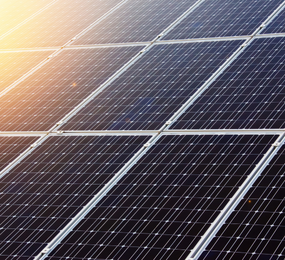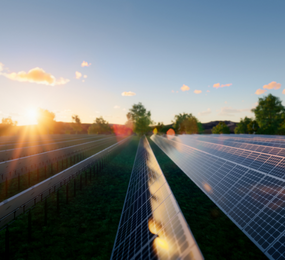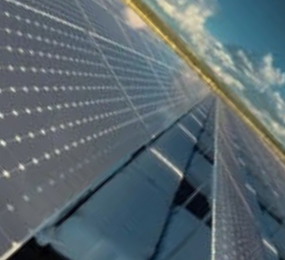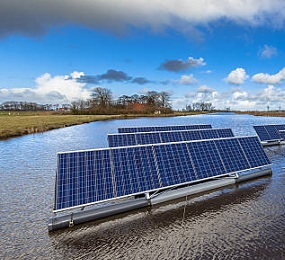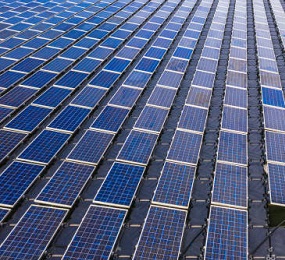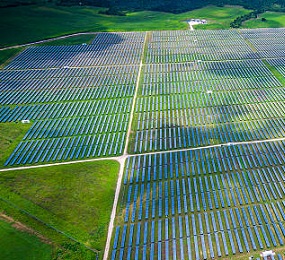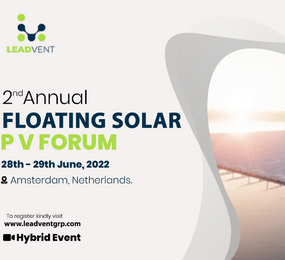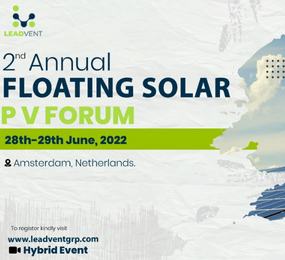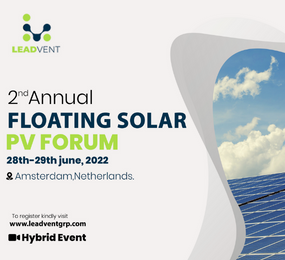Solar and hydropower producers and operators, photovoltaic system developers, enterprises, residential consumers, clean energy companies, and technology solution providers, all have an opportunity to benefit from the expanding economic value of floating photovoltaics.
Crystalline silicon (c-Si) PV, which accounted for 84% of the U.S. market in 2020, and cadmium telluride (CdTe) thin film PV, which accounted for the remaining 16%, are the two branches of the solar PV supply chain in the country.
The high-purity polysilicon is refined at the beginning of the c-Si PV supply chain. Melting polysilicon produces monocrystalline silicon ingots, which are then thinly sliced into silicon wafers. PV modules are created by processing silicon wafers to create solar cells, which are then linked, sandwiched between glass and plastic sheets, and framed with aluminium. Then, a power electronics component known as an inverter is used to link them to the grid while mounting them on racking or tracking structures.
Cadmium and tellurium are refined to create high-purity powders, which are then directly deposited onto a glass sheet to begin the CdTe PV supply chain. The module is finished with an additional piece of glass and plastic sealant before being able to be placed and linked to the grid similarly to c-Si modules.
Metalurgical-grade silicon (MGS), glass, resins used to create plastic sheets (encapsulant and backsheet), and aluminium are the main components of the worldwide solar supply chain. MGS is created from premium quartz. The two most common elements in the crust of the planet, silicon and oxygen, combine to form quartz.
In addition, all participants in the energy ecosystem have the chance to capitalise on FPVs' increasing value based on each player's position in the value chain. FPVs provide RE project developers with operational and environmental benefits that, when combined, make them commercially feasible.
Technology companies might assist organisations with the planning, development, and deployment of the basic infrastructure needed for FPVs, as well as with maintaining that infrastructure after it has been put in place and assessing and monitoring its performance.
With the technology advancing and commercial interest and adoption increasing, FPV is poised to gain a firm foothold in the RE space.
To find out more details on Floating Solar Supply Chain and Technology, Join us on 27th - 28th June, 2023 for the 3rd Annual Floating Solar PV Forum, in Amsterdam Netherlands so you don't feel left out in the global Floating Solar Photovoltaic!
To register or learn more about the Forum please check here: https://bit.ly/3zVvdfN
For more information and group participation, contact us: [email protected]


